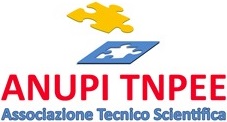IL DISTURBO DI APPRENDIMENTO NON VERBALE: CONSAPEVOLEZZA CORPOREA, RAPPORTI SPAZIALI E APPRENDIMENTI SCOLASTICI.UN’IPOTESI NEUROPSICOMOTORIA.
Beatrice Ferrari, Tea Della Marra
Two research theses conducted in two elementary schools were integrated to create the present article. The studies analysed the development of skills related to body image and spatial organization in children in the concrete-operational period (8 –11 years old) and how they might correspond to school achievement. The 131 students included in the study sample were tested using Psychomotor Exam items related to body image and spatial organization. In addition, a questionnaire was distributed to teachers for verifying the correlation between the two developmental areas and school achievement. The second research thesis also considered Non-verbal Learning Disabilities. Evaluation tools confirmed that the developmental process determines the maturation and strengthening of acquired skills. The study also allowed for verifying how some difficulties in school achievement arise when skills have not fully matured in the two functional areas examined. A significant percentage of children manifested difficulty in non-verbal skills, especially visual and spatial skills. It is therefore believed that the TNPEE professional can do preventive work to promote body perception and awareness beginning in kindergarten and continuing in primary school. Intervention can provide a foundation for progressively constructing skills that evolve from egocentric to allocentric space.
Keywords
Non-verbal Learning Disability, body scheme, space, school achievement.

